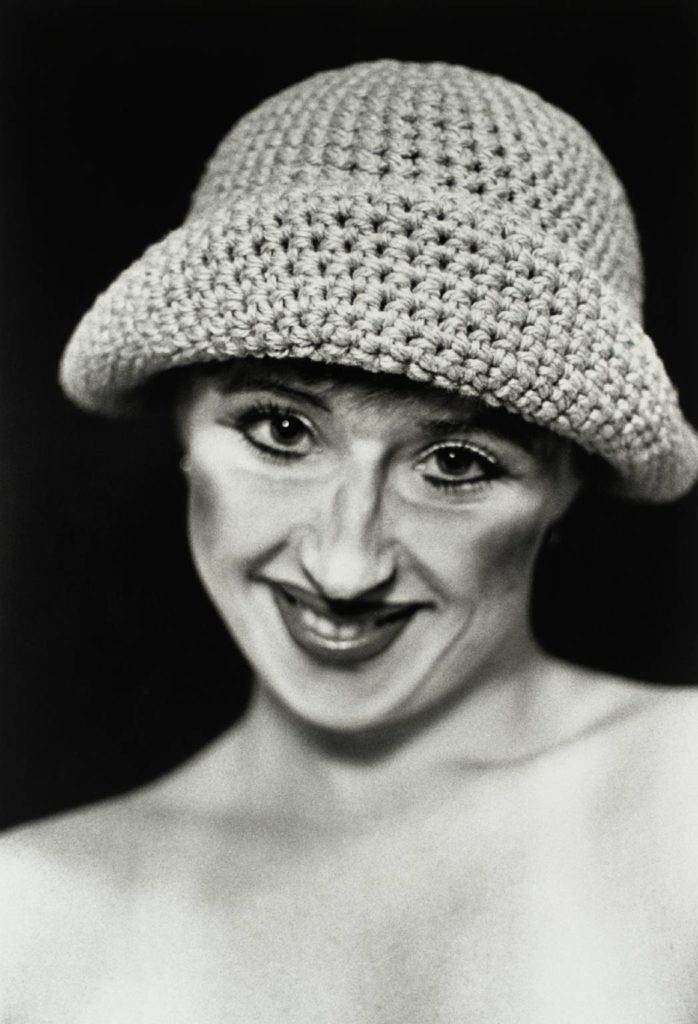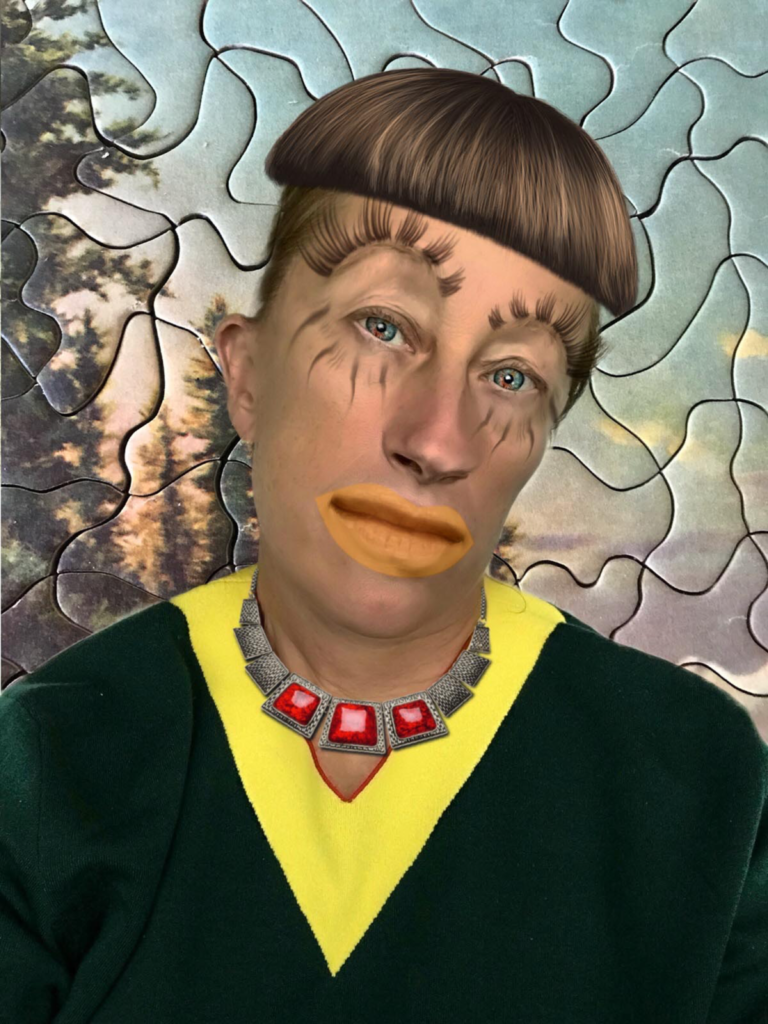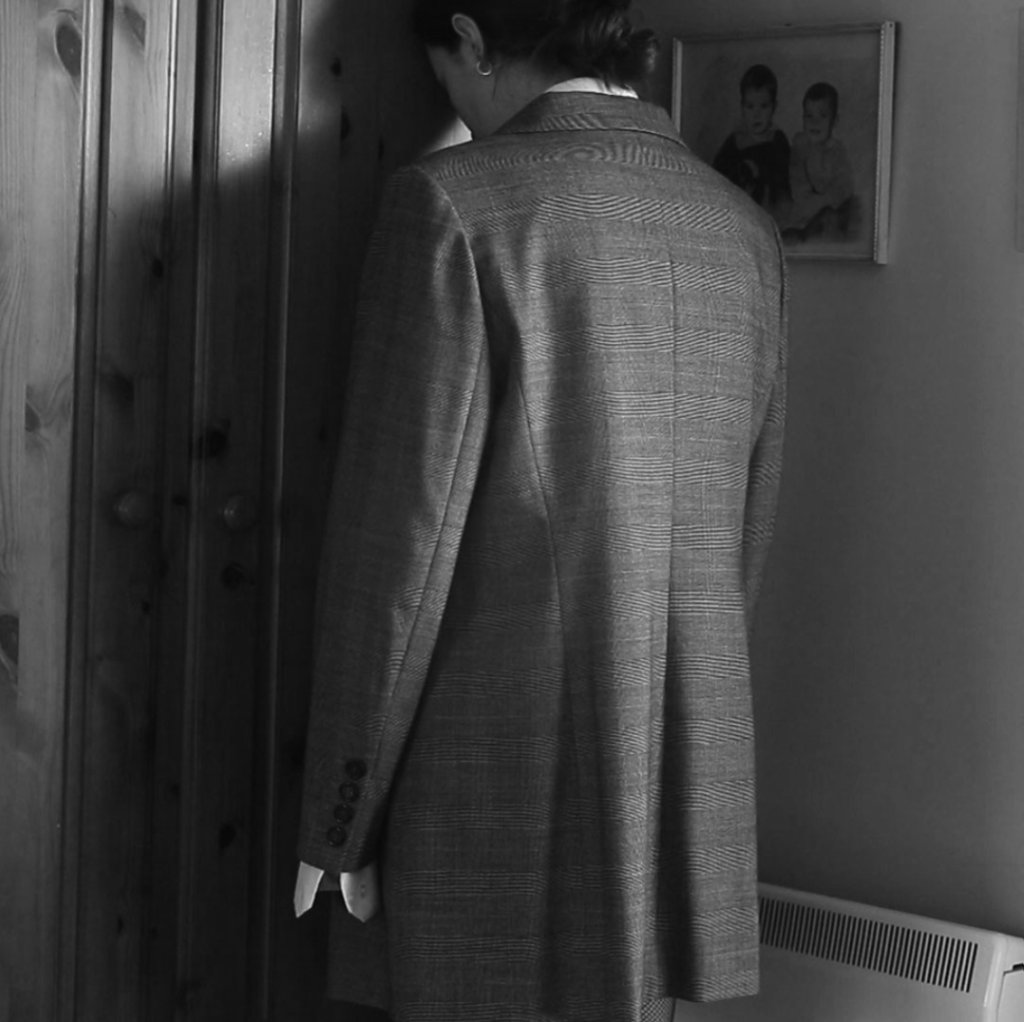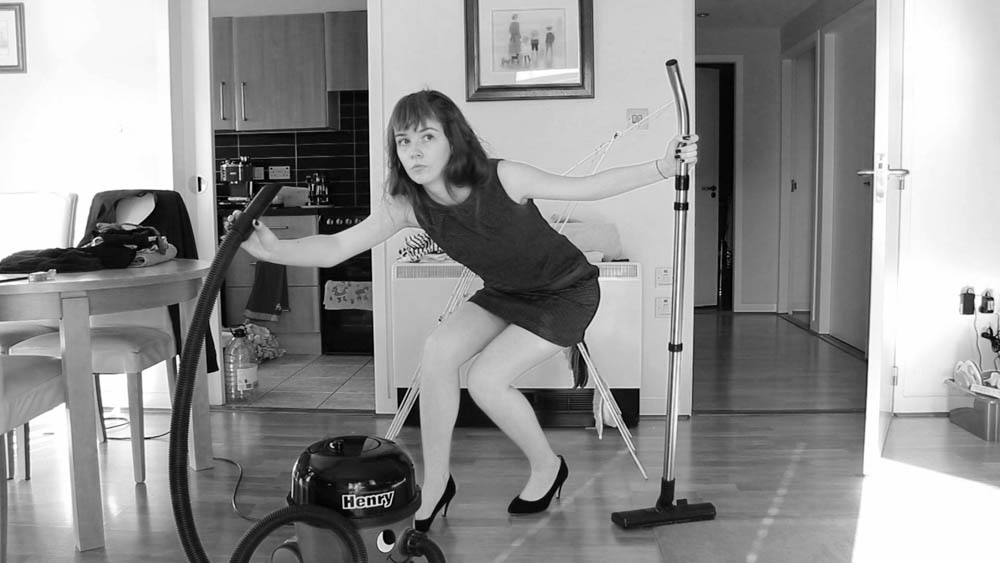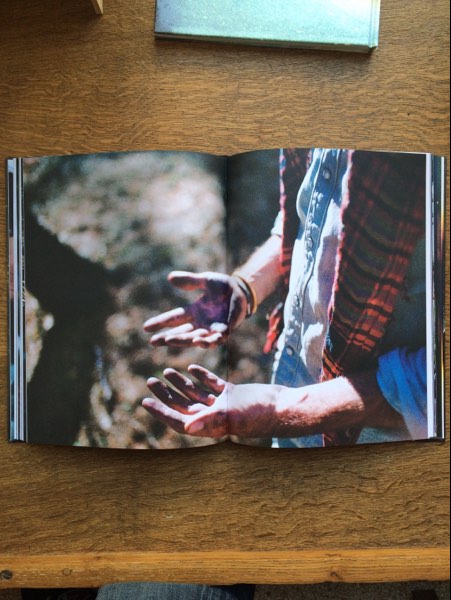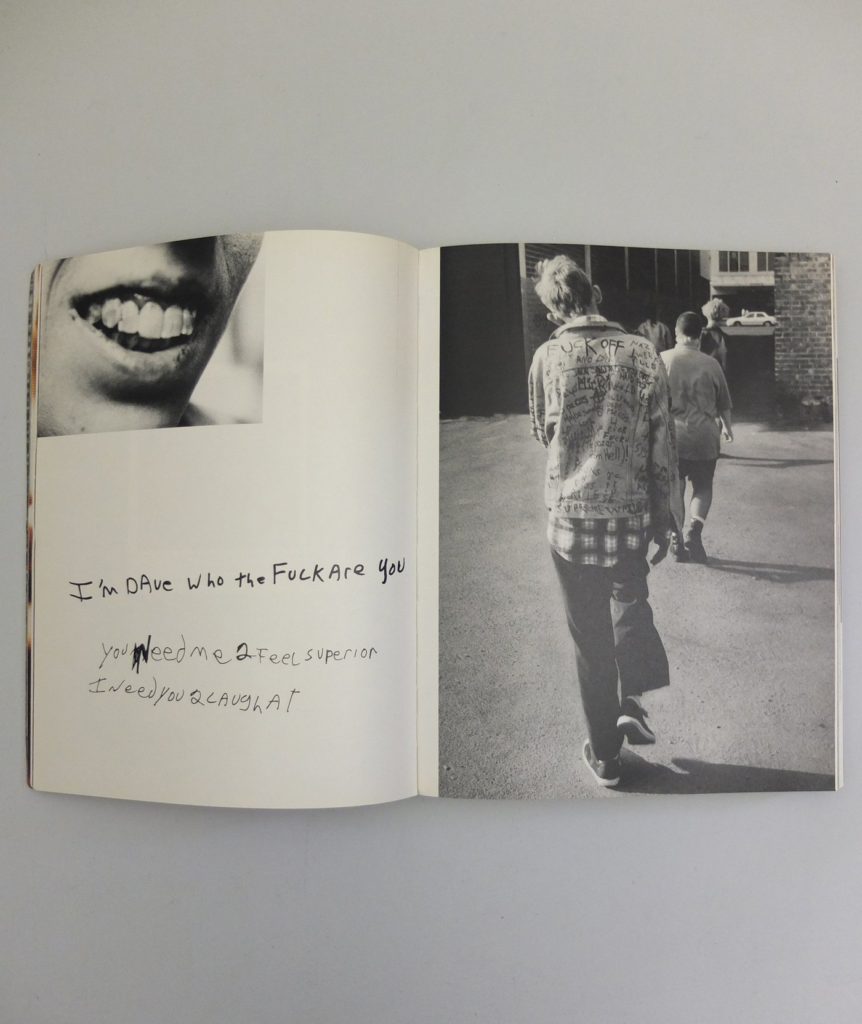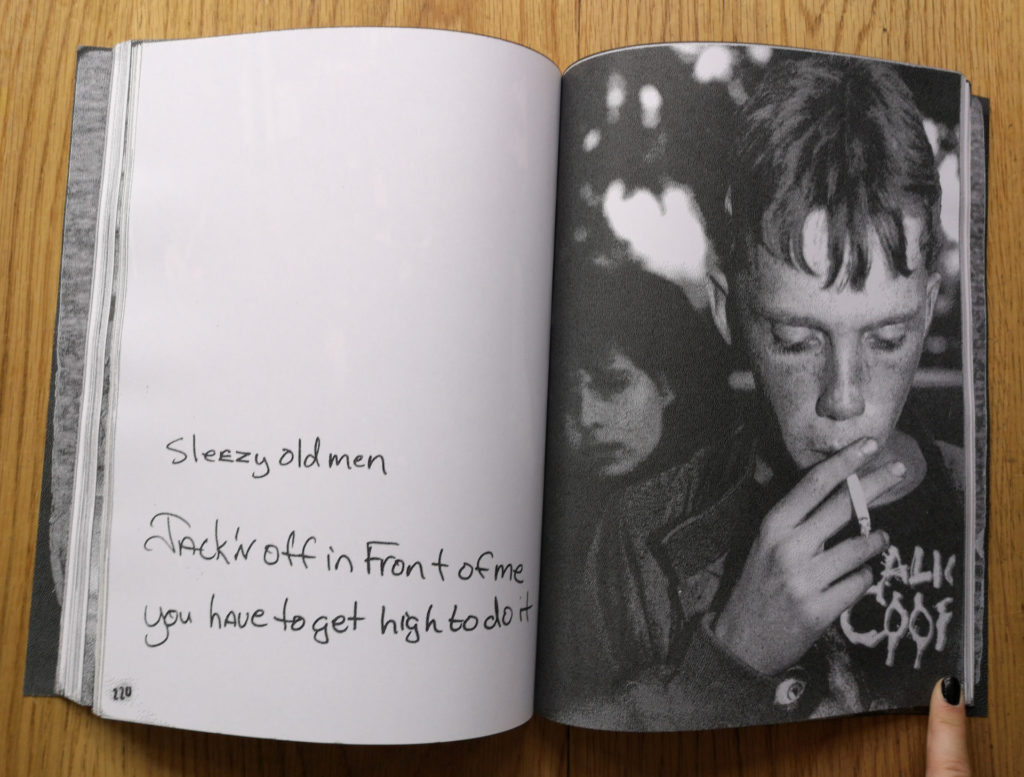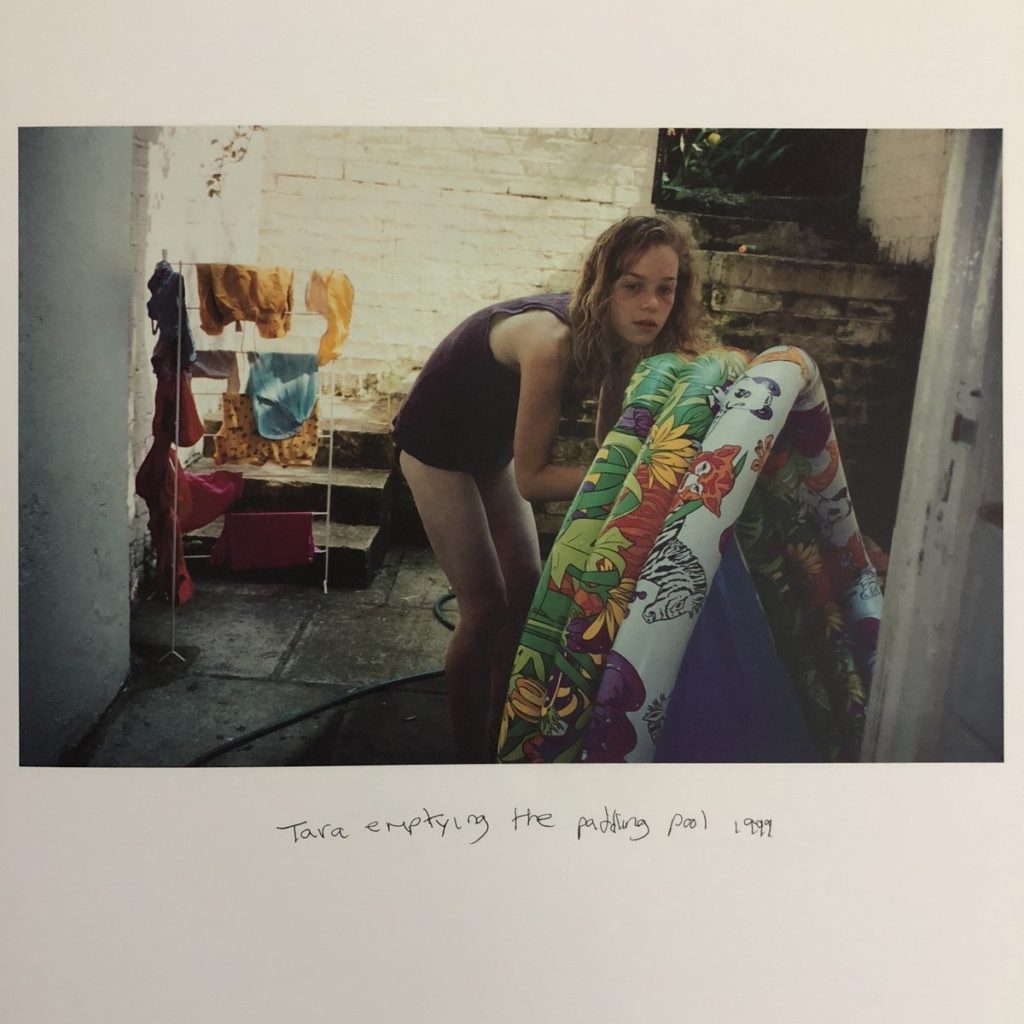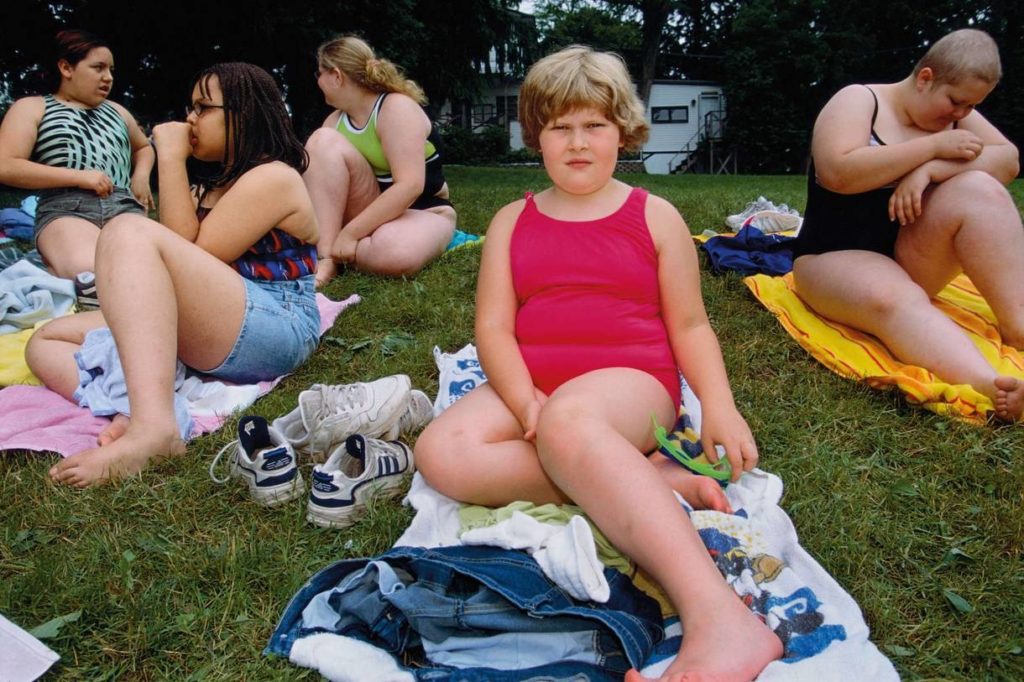here are the images that could be used in my photobook to describe my feelings towards my life, fashion style and the exploration of existence.
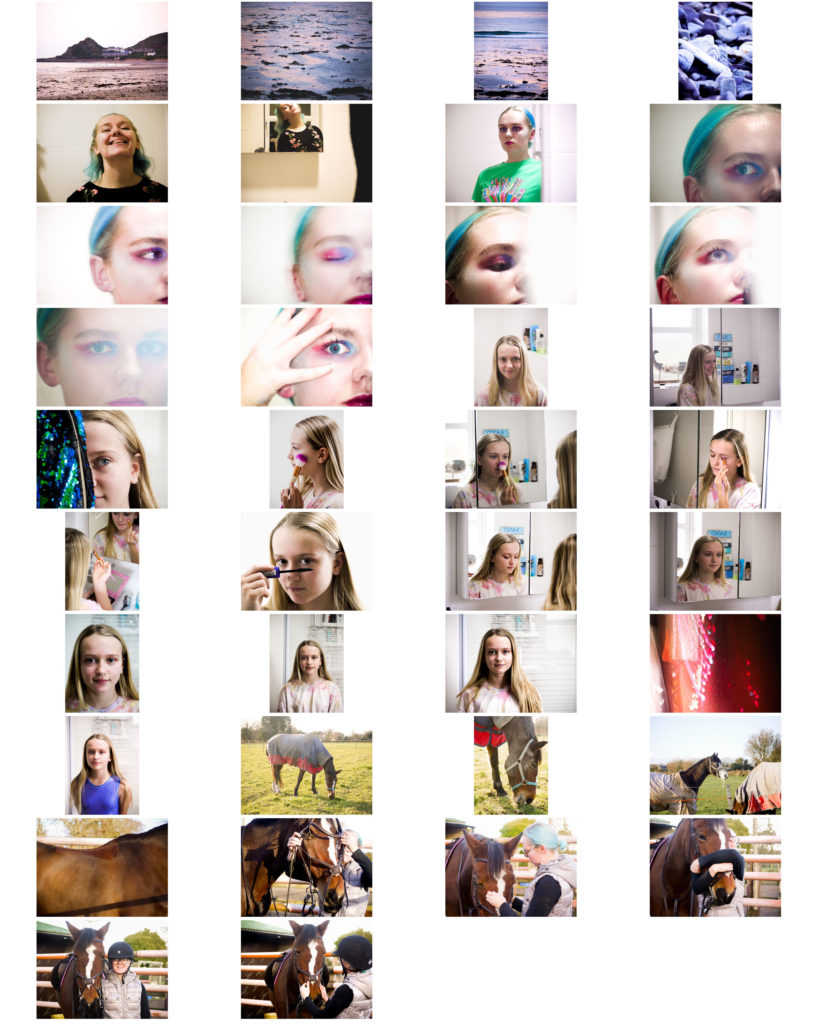
my favourite images from my shoots (so far) are:
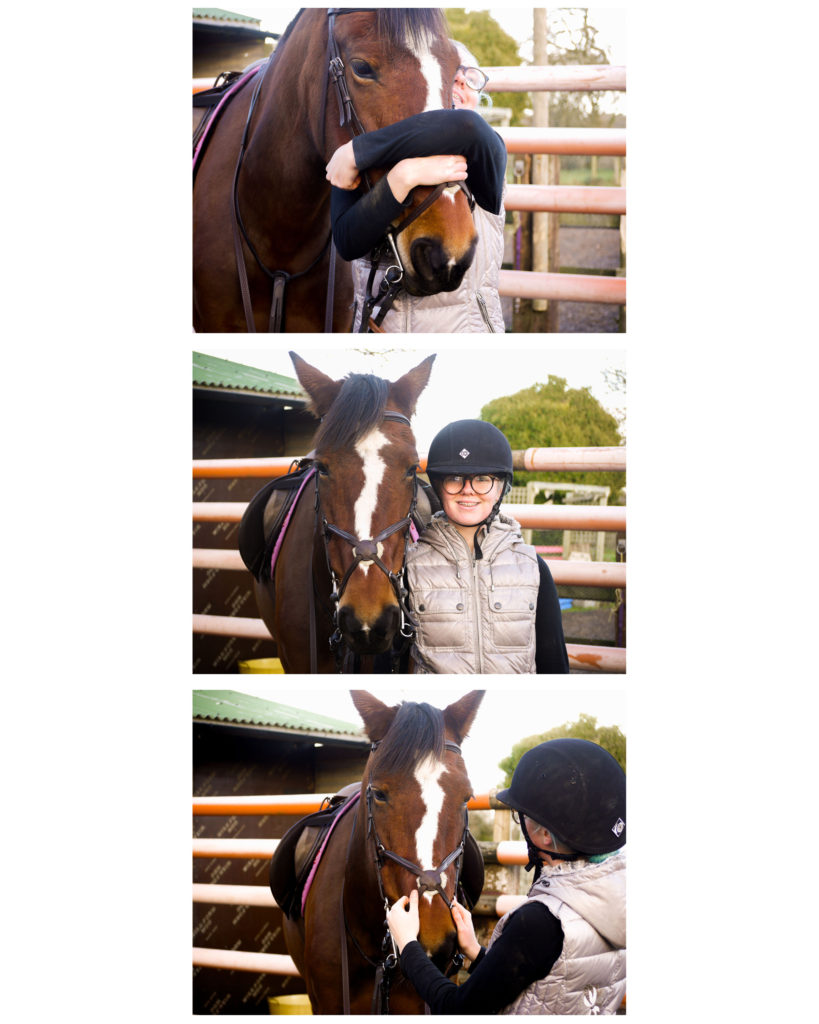
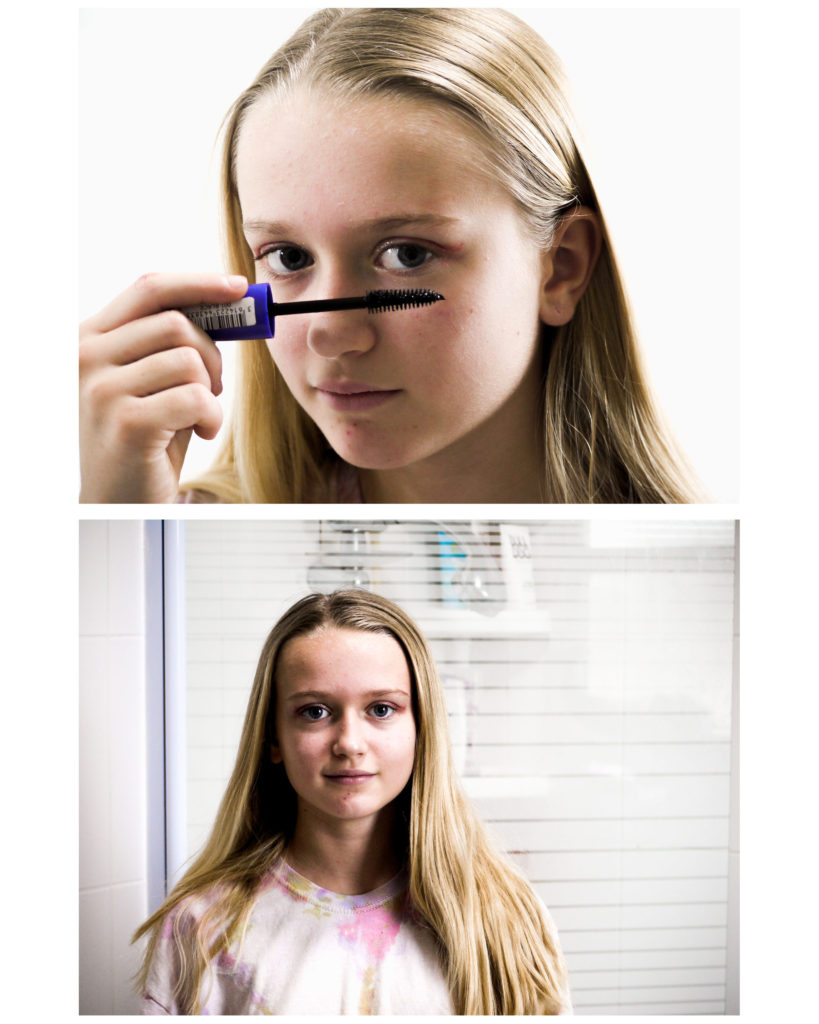
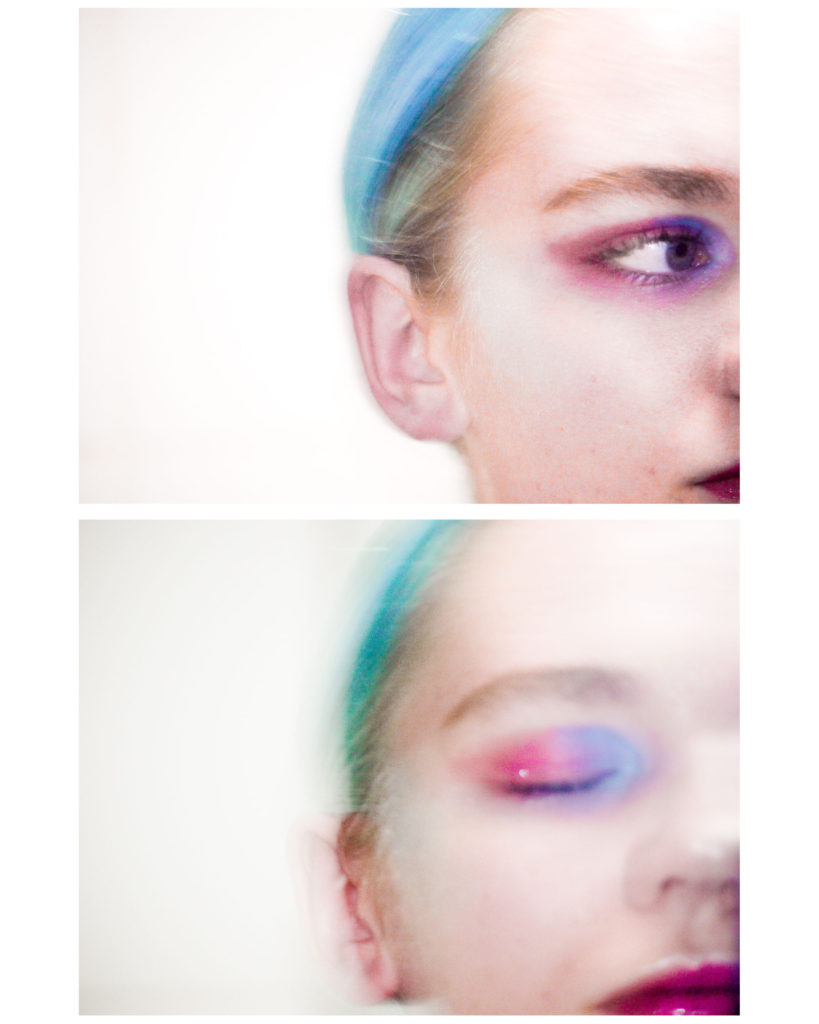
here are the images that could be used in my photobook to describe my feelings towards my life, fashion style and the exploration of existence.

my favourite images from my shoots (so far) are:



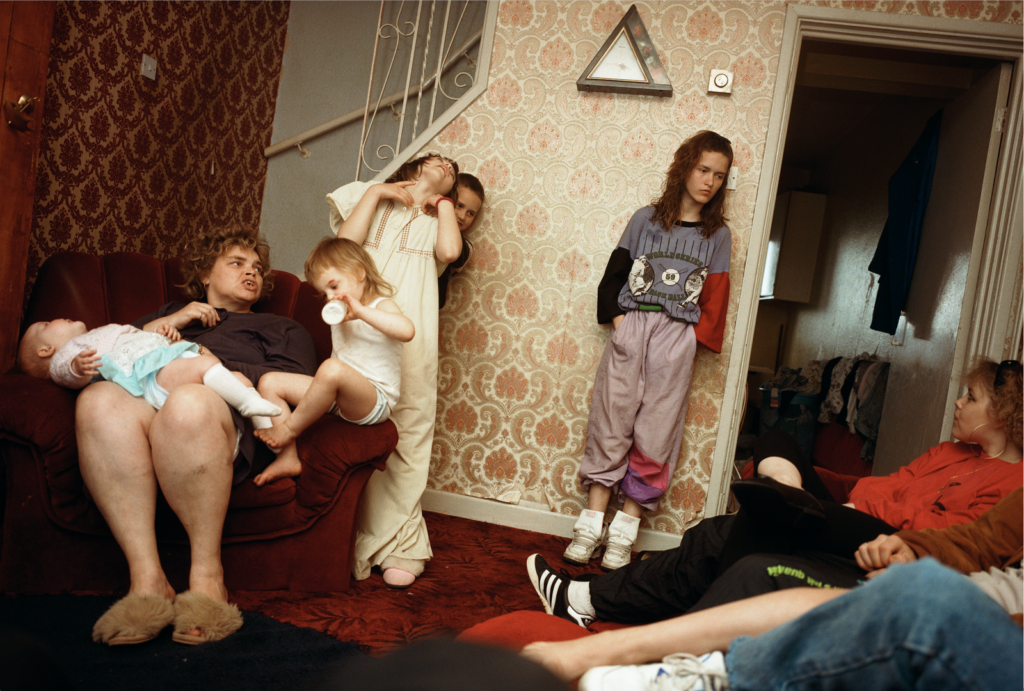


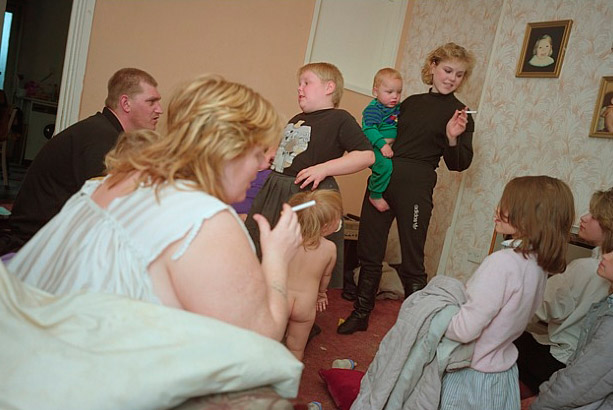
waplington tends to take images with a film camera as he says he has “always felt more in control with film, which he says handles the mixed light better”. in waplingtons project, living room, he photographed the daily lives of two working class families, who lived on a council estate in Nottingham, England, over four years. he did this to “expose the viewer to every intimate moment of domesticity and laying bare the private sanctity of home.”. waplington grew up in the UK during the post-punk era, and with his parents regularly traveling he spent lots of time on his own. waplington stated in an article that, “big influence on me. I realise now that I have a teenage child that we had a lot of freedom back then, which kids don’t have now. At the age of 12 I was just out in London. I was up all hours doing whatever I wanted, which was perfectly acceptable so long as I went to school. I think that the music scene, the politics and the world that went with it has had a life-long effect on people of my age, especially on what they do and how they produce things.” waplington is inspired by the world around him, and creates his work following a detailed process. his process includes revisiting previous work, and allowing those projects to spark new but almost similar projects with the same intentions. when talking about research in an interview waplington stated, “I’m always trying to re-evaluate and change what I do so that I’m outside of my comfort zone.” waplington now focuses on documenting his own family’ lives.
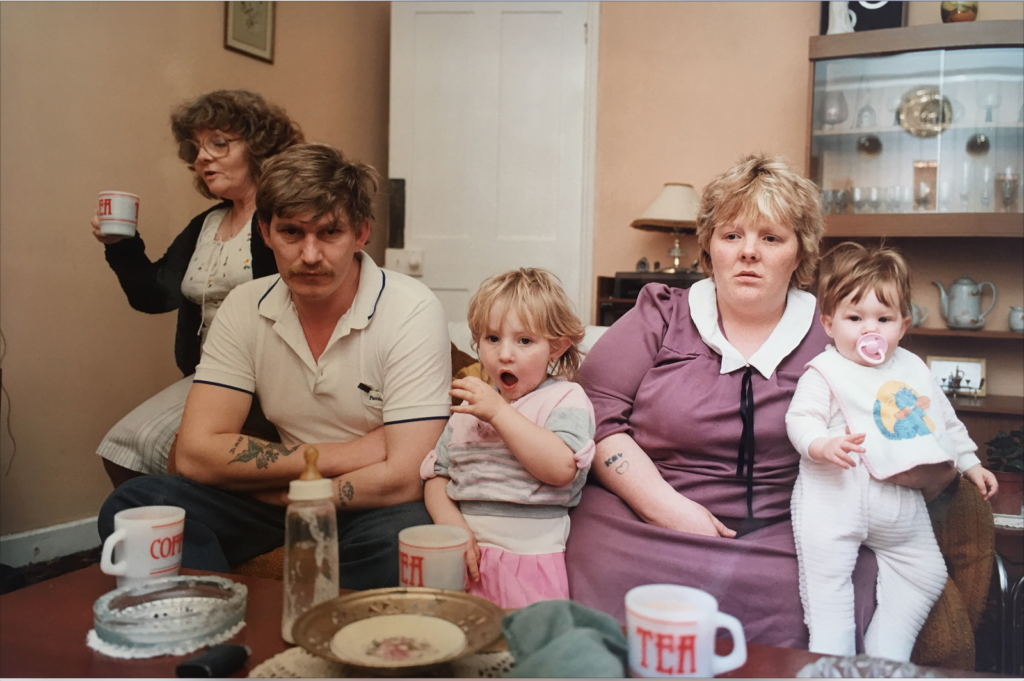
The lighting in the photograph is completely natural, and links to how Waplington wanted to document normal life, and not fake ones. The colours are fairly muted, with accents of bright colours, but mostly within the clothing of the individuals pictured. Did Waplington do this to show how ordinary these people are? The composition of this image is strong, with the little girl being the focal point of the image, as she is surrounded by 2 figures on each side. Do these figures have relation to her, or are they just friends to the family? Nick Waplington creates a question with this photograph and that is who is this family, what have they been through and how to the relate to him? Personally I think this image says a lot about Waplington, himself, as growing up he spent lots of time alone, with his parents being away. This photograph contrasts with the type of upbringing that Waplington had, as he was not surrounded constantly around family. The families he photographed thrive off family interactions, they live for it. Family gatherings are often, and Waplington wanted to capture them to maybe almost reflect on what he would have liked to have, and what he wants for his own family.
| what? | candid photographs/videos during the christmas period |
| who? | family |
| where? | at home, out on walks |
| how? | setting my camera on a tripod and using a timer handheld (videos) |
| why? | to gain natural photos/videos of my family during a time when family means the most |
links
| what? | self portraits and portraits doing our makeup and picking out outfits |
| who? | myself and my sister |
| where? | in our bedrooms and in the bathroom |
| how? | using my camera on a tripod |
| why? | to show how we experiment with makeup and fashion to express ourselves environmental portraits |
STORY: What is your story?
NARRATIVE: How will you tell your story?
PICTORIALISM
time period : 1880-1920
Key characteristics/ conventions : photography was seen as a science, and photographers tried to make their photographs resemble art. they did this by manipulating the images in the dark room by doing things such as scratching on the negatives.
Artists associated: JMW Turner, Paola Veronase, John Everette Millias, Julia Maragret Cameron, Heinrich Kuhn, Hugo Henneburg, Hans Watcek and Sally Mann.
Key works:









REALISM / STRAIGHT PHOTOGRAPHY
Time period: 1940
Key characteristics/ conventions : to provide an accurate representation of the real world. these images were made to look more like photographs than art.
Artists associated: Walter Evans, Alfred Stieglitz, Paul Strand, Dorothea Lange, Lewis W Hine, and Jacob Riis
Key works:






MODERNISM
Time period: 1900-1940
Key characteristics/ conventions : Early modernity is characterised intellectually by a belief that science could save the world and that, through reason, a foundation of universal truths could be established. Photography is a modern form of image making, contributing to the development
of modernism.
Artists associated: Ansel Adams, Eadweard J. Muybridge, Margareth Bourke-White, Alexander Rodchenko, El Lissitzky, Laszlo Moholy-Nagy, Salvatore Dali, Man Ray, Maurice Tabard, and Claude Cahun
Key works:






POST-MODERNISM
Time period: late 20th century
Key characteristics/ conventions : Architects took the lead in the development of postmodernism. They criticised the international style of modernist architecture for being too formal, austere and functional. . In photography this was the direct challenge to the ideal of fine art photography whose values were established on an anti-commercial stance.
Artists associated: Barbara Krüger, Corrine Day, Sam Taylor-Wood, Cindy Sherman, Tom Hunter, Jeff Wall, Hannah Starkey and Anna Gaskell
Key works:








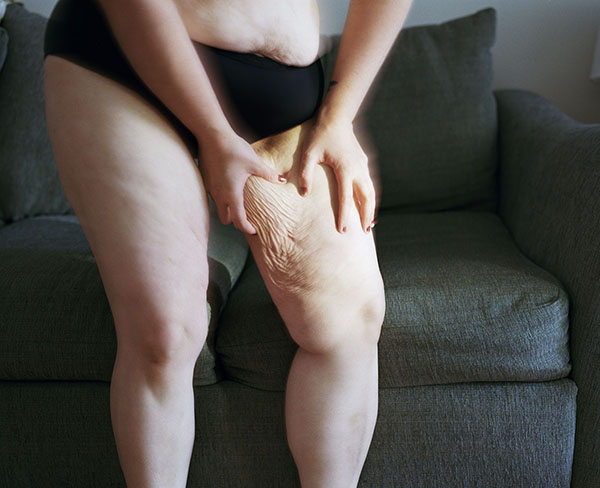
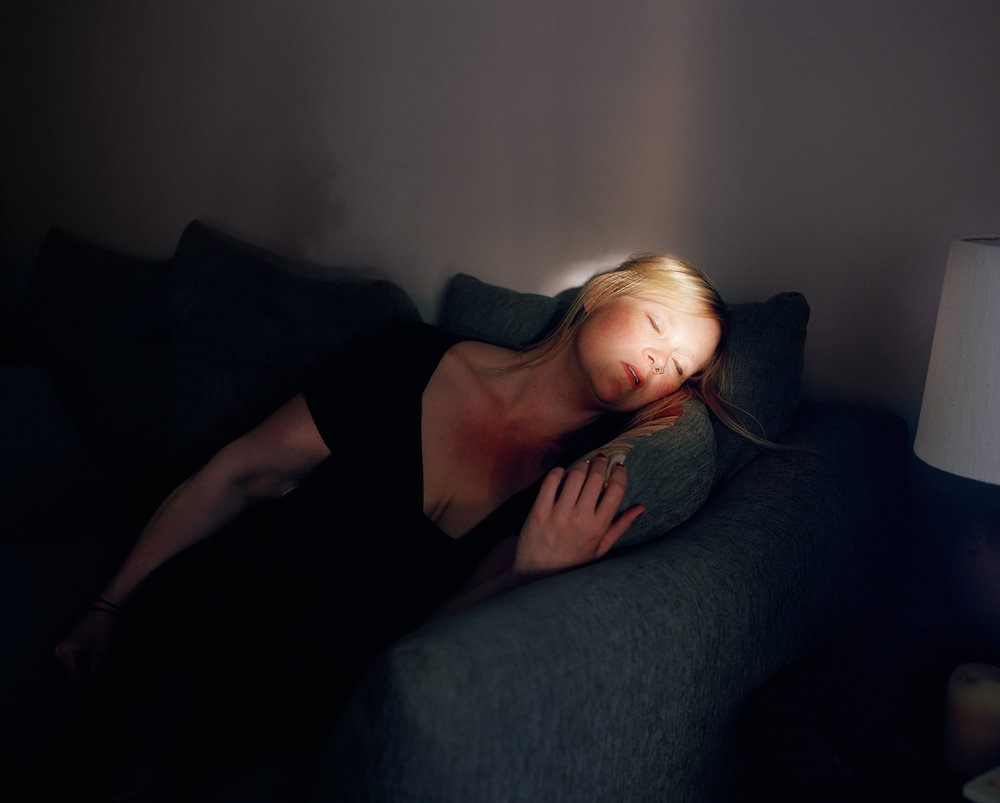
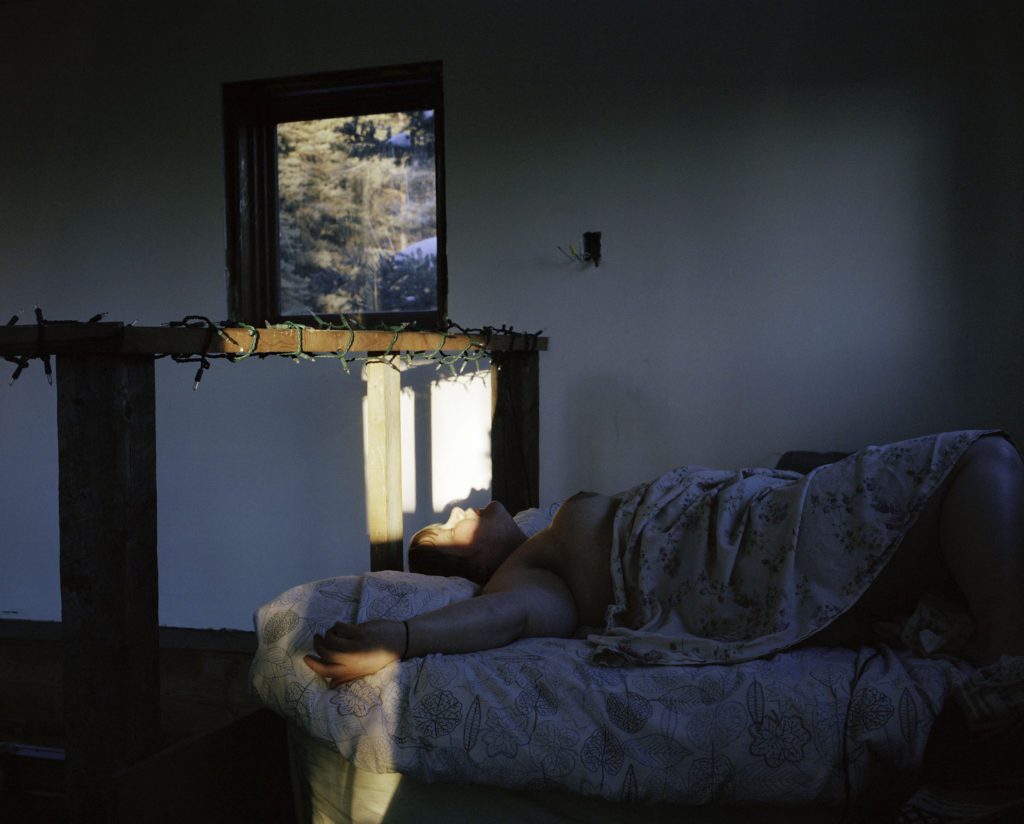
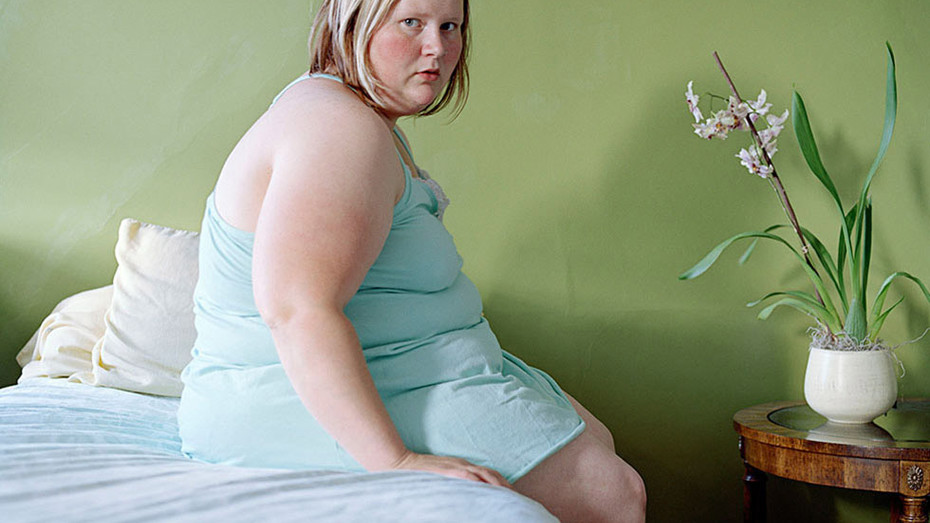
Jen Davis produced a body of work portraying issues surrounding beauty, identity and body image, by creating these beautiful images, using natural light and strong compositions. Davis, in an article states that photography is “the medium that I use to tell my story through life, an outlet for revealing my struggles”. her work is mainly based off of her own experiences and portrays these by reconstructing them. some of her other work consists of made up fantisies that she has relating to love, relationships and desires. jen davis describes the idea of ‘eleven years’ was to ” invite the viewer into the past eleven years of my private life, exploring the vulnerabilities that I carry associated with a life-long struggle with my body, feelings of isolation, the battle to recognize beauty, a quest for intimacy, and sense of acceptance through the camera’s eye. ‘eleven years’ was started in order for davis to reflect on her life and to tell her story of how she overcame her insecurities.

The light in this image is natural, which seeps through a gap and allows some light to shine on the face, illuminating the features. This aspect is truly beautiful and idyllic. It contrasts with the way that davis feels about herself and how society might view her. The colours are very subtle and plain. The image is framed nicely, and the face is just off centre which draws the viewers eye towards it. A question that is created by this image is one of, what is she thinking about? What is running through her mind during this image was being taken? Is she thinking about how she feels about herself? Is she reflecting on how she felt during a part of her life? This aspect is unknown to the viewer but is what makes the image so powerful. This aspect is under the interpretation of the viewer and the viewer only.
links
https://www.lightwork.org/archive/jen-davis/
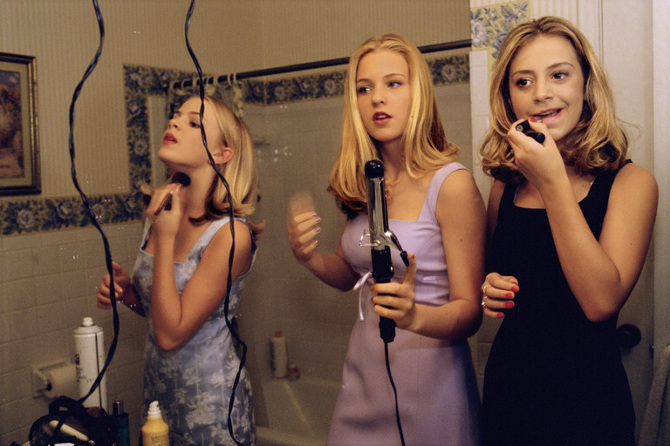



lauren greenfield was a documentary photographer and filmmaker who explores the themes of self-esteem, lifestyles of teenagers, power of money and fame and plutocracy. in her project, girl culture, she photographed girls to “explore girls’ relationships to their bodies and the ways in which they use body projects to establish their identities.”. the photographs themselves were taken to investigate modern femininity. in, girl culture, she reveals the insecurities of the girls she is photographing by adding snippets of statements they have said relating to self-esteem. lauren greenfield describes herself as being interested in “sociological issues” and with each photograph she aims to” speak for the culture we live in.”. an article described greenfields topics as “very identifiable and relatable”, even though the photos were taken way before the author were born.

The colours in this image are bright and garish and relate to childhood, in the sense that children like to dress up in vivid colours. This links to greenfields subject matter in the sense that she is taking essentially taking pictures of young girls, however they feel they should act older to be liked. Overall the composition of the image is strong and the girls in the background frame the girl in the foreground, that greenfield has decided to focus more on. The question is why is this girl the focus of the image? is she in any way different to the others? On the face of it she looks the same, just a girl in her swimming costume? But maybe she has more insecurties than the rest? Or maybe she is fearless, unlike the rest? This aspect is under the interpretation of the viewer. In ‘girl culture’ lauren greenfield aimed to explore girls relationships with their bodies and this image shows just this. On observation you can see that some of the girls are wearing shorts over their swimming costumes, this connotates to a bad relationship with their body. However these girls look no older than 12, and this image creates the question of why the girls feel self conscious? Has society molded their brain into thinking this?
| what? | portraits self portraits |
| who? | sister- in her gym kit myself- in my show gear |
| where? | at the gym at the yard |
| how? | camera on a tripod |
| why? | to show how society has made us dress a certain way in order to feel better about ourselves |




cindy shermans work is mainly self portraits, which she uses to explore identity and gender. she dresses up in different outfits, puts strange make up and wears extravagant wigs, to alter her person to become a different one to portray different characters and story lines. sherman was once a painter but decided to persue a career in photography. quote from MoMA states that Sherman has always enjoyed exploring identity “as she has explained, “I wish I could treat every day as Halloween, and get dressed up and go out into the world as some eccentric character.””. after moving to New York Sherman created the untitled film stills, were she dressed up as different characters from mid-20th-century B movies and photographed herself in various locations. these photographs quickly became very popular and were used to spark up conversations on feminism, postmodernism and representation. the untitled film stills are still her most famous pieces of work. all the film stills were left untitled as a way to distance her away from them and the character she has depicted. a quote from MoMA stating how cindy sherman is more interested in the grotesque than the glamourous characters, “I’m disgusted with how people get themselves to look beautiful; I’m much more fascinated with the other side,””. a quote from artnet describes how sherman likes to dress up and act as something different, ” “It seems boring to me to pursue the typical idea of beauty, because that is the easiest and the most obvious way to see the world. It’s more challenging to look at the other side.””. is dressing up a part of an act of escapeism for cindy sherman, but the question is what, what is she escaping?

The colours that are incorporated in this image are garish and bright, and don’t really complement each other, but clash. The background is almost over powering of the face within the image, was this the purpose? It brings about the question of what relevance does it have to the face that Sherman has portrayed. The lines within the background lead the viewers eye towards the face in the image. Overall this image has a high level of composition. Who is Cindy Sherman trying to be here? Someone who likes to look pretty and glamorous? However she seems to be mocking them, as the makeup is over the top and excessive. Sherman was the youngest child in her family and always felt separated from her family because she was born along time after the rest of her siblings. So does she pretend to be different people to almost try and gain attention from people to make up for the lack of recognition from her family. During her childhood Sherman was obsessed with her appearance, and enjoyed to wear makeup, so does this image relate to her past self, and maybe she is mocking who she was?
| what | self portraits in different outfits, ones i am comfortable in, ones i am uncomfortable in, my mums dresses |
| who | myself |
| how | with my camera on a tripod on timer mode |
| where | in my bathroom, where there is bright lighting |
| why | using sherman as inspiration, i would to take portraits that reflect my identity and who i am not |
links
https://en.wikipedia.org/wiki/Cindy_Sherman
https://www.moma.org/calendar/exhibitions/1154
https://www.moma.org/artists/5392
http://www.artnet.com/artists/cindy-sherman/
https://www.thebroad.org/art/cindy-sherman
https://www.theguardian.com/artanddesign/2011/jan/15/cindy-sherman-interview
| who? | myself |
| what? | self portraits of me in clothes i wear for horseriding |
| where? | at the yard |
| how? | using my camera with a timer, on a tripod or proped up somewhere |
| why? | i want to take photos of myself in my horse riding clothes to add context for my book and film i want to take photos at the yard to gain some environmental photos as i would like some in my film and book |
For my next project I wish to look at both themes, LOVE AND REBELLION together as I feel they intertwine and but also juxtapose each other. I want my project to display how I have rebelled the stereotypical life a teenage would have, going to parties etc. I have chosen to have a life which is dedicated to horses and my education. Having these focuses has meant that I have not experienced the same life as stereotypical teenager has. I feel I have rebelled, but anyone else looking into my life as an outsider would think that I haven’t, and have played my life safely. In a recent project, What Is Rebellion?, I explored what rebellion was and gave a personal response the question, stating that I haven’t lived at all. On reflection, I displayed this response incorrectly, if I look back now on my life, I haven’t experienced much, but then again I am only 18. My hobby has taken over my life, it is my passion, but it has meant that I have had to sacrifice many things. I also want to link in the idea that in the media are wanted to always be feminine. Although my hobby involves dirt, mud and pure determination, I am still feminine and enjoy dressing up and experimenting with my style. In my project want to further explore with make up and fashion to display my femininity.
I feel I am capable enough to make both a film and a photobook. My reasoning for doing both, is to show that I can make a film, with strong visuals including, landscapes, self portraits and audio that will contain my own thoughts. My photo book is going to contain stills from my film, even though this is very basic I am hoping that it will display my ideas in a simplistic way, which will be easy on the eye and can be interpreted by the viewer.
The photographers I am going to look at are Claude Cahun, Cindy Sherman, Shannon O’Donnell, Theo Gosselin, Jim Goldberg, Nick Waplington, Corrine Day, Lauren Greenfield, Jen Davis and Lyle Ashton Harris.


